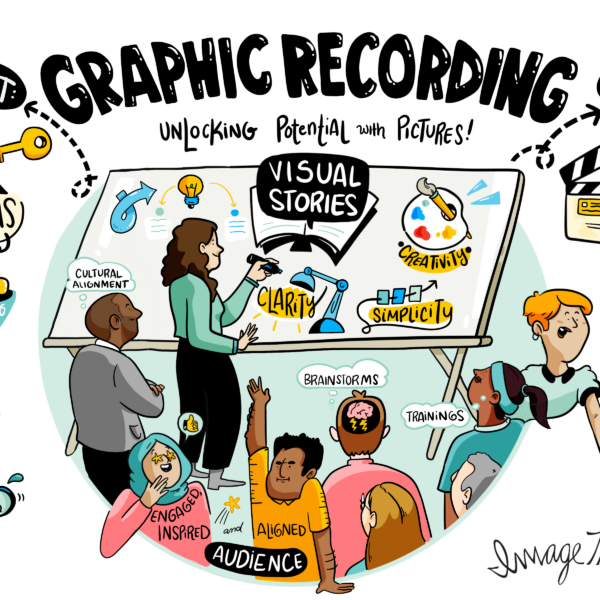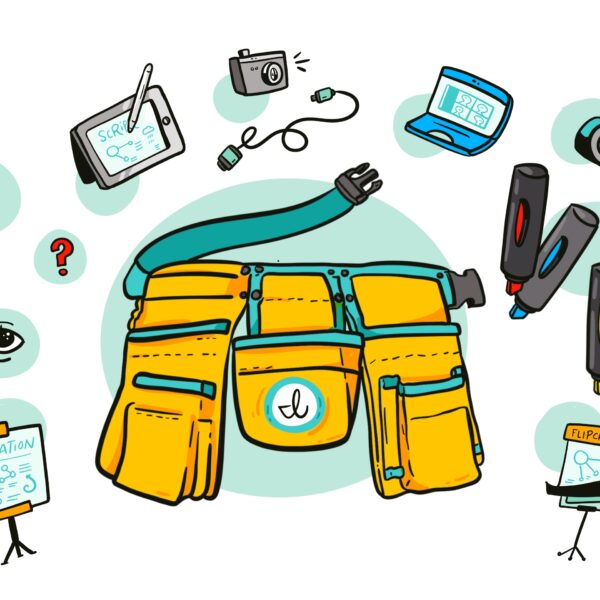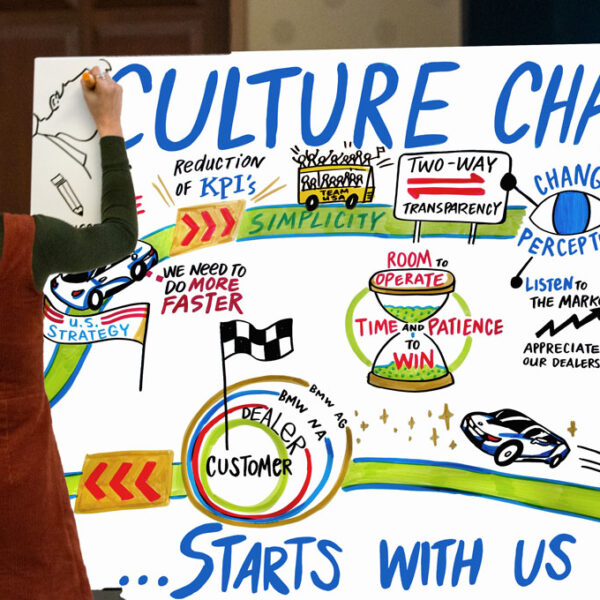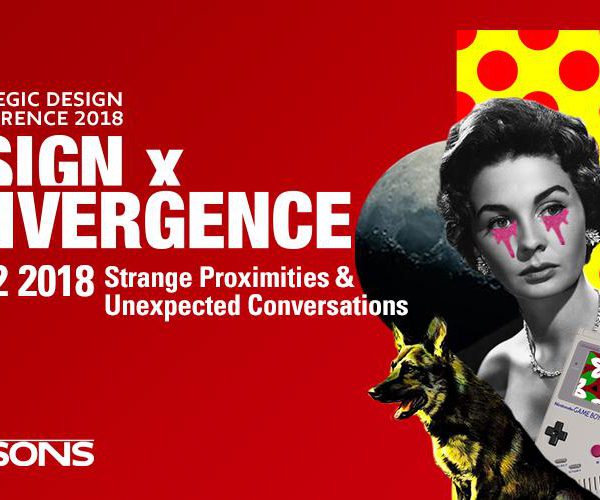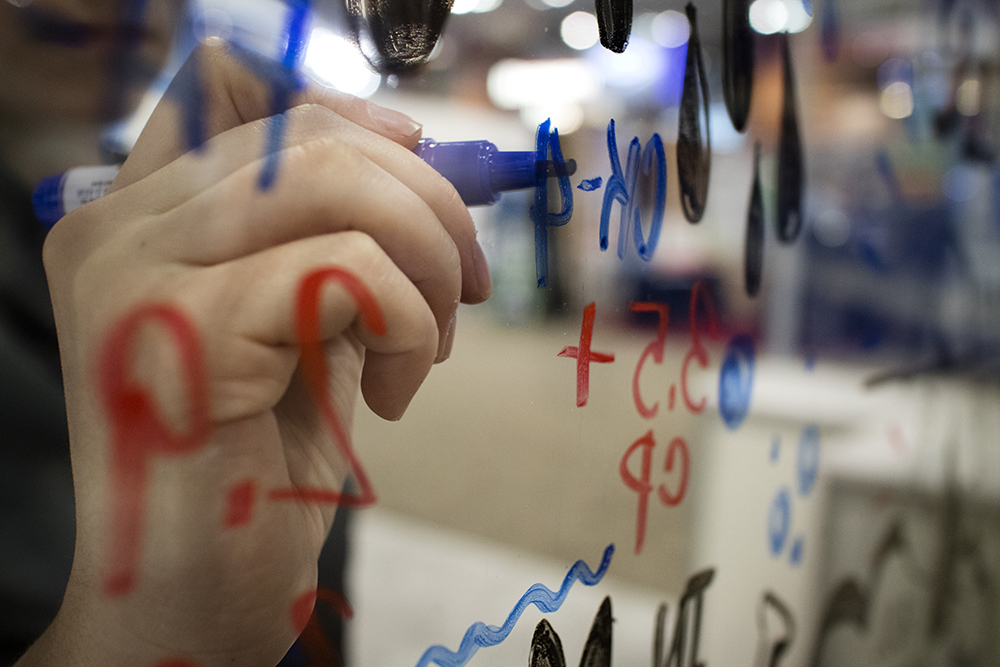
Uncover your client’s real design needs with visual thinking
When it comes to good design, many clients and consumers assume that execution is the hardest part. After all, the end result is what they normally interface with, so why would they consider anything else?
But whether you’re a designer of physical products like vacuum cleaners, or something less tangible like marketing strategies, you know that when it comes to designing for a client base, manufacturing the final product is only the tip of a much larger iceberg. Hiding behind that last stage is a long process of research and ideation to do something equally as difficult: uncovering what the client actually needs.
At ImageThink, the ability to drill down to the essential needs of a client is the backbone of what we do as a creative agency. Sure, slinging ink and making beautiful sketchnotes are prerequisite skills for graphic recording. But the ability to listen carefully, probe thoughtfully, and uncover ways our clients can use our services in ways they had never even imagined is when we really start ImageThinking.
Here are a few ways graphic facilitation can help you design and deliver products and services that your clients actually need.
Ask the right questions…
Sometimes, your client knows exactly what they want. But if you don’t drill down a little further into why they want it, you could still end up missing the mark entirely on your delivery, even if you follow their request to the tee. Asking the right questions up front ensures you don’t end up spending precious time and resources developing a product that in the end… just isn’t useful after all.
Try to get a sense of your client’s long term objectives for the project you’re working on, the context it will exist within, and exactly who within their organization it’s meant to serve. Scribe the 5 W’s on the whiteboard—Who, What, Where, When, Why—and make sure you can answer them all in regards to your client’s project. If some are left blank, circle back and find the answer.
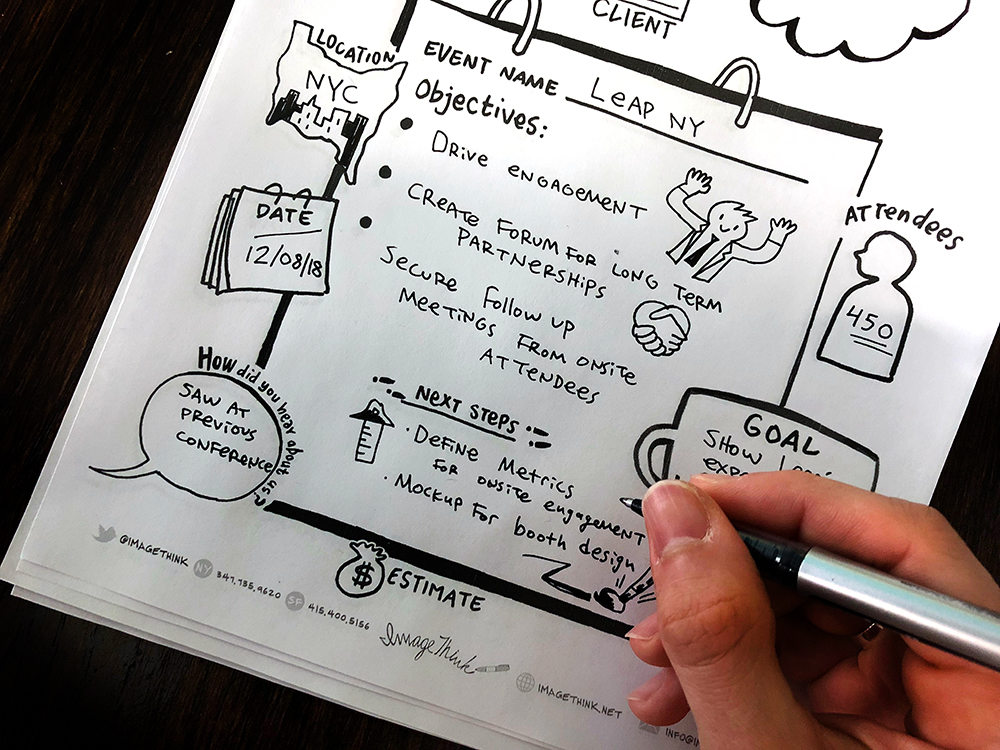
…and learn to listen, with visual templates
The best questions in the world don’t mean much if you can’t listen well. At ImageThink, we use visual templates and graphic note taking during all of our inquiry calls to make sure we get all the info we need up front. Taking notes by hand will forces you to distill and digest your client’s voice in a way that will serve you well later in the design process. Just as importantly, taking sketchnotes during the early phase of inquiry allows you to circulate your learnings with the rest of your team members who will be involved in the project.
During the initial inquiry phase, don’t be afraid to gently push back against some of your client’s assumptions about how to use your services. You know the full range of your company’s abilities far better than they could, and it’s part of your job as a designer to offer ideas and anticipate gaps that they hadn’t thought of. Even if your client decides not to go with your suggestions, you’ll have opened up a conversation that will lend you better insight into what they are looking for and why. It will also show active listening on your part, which is incredibly important for a successful creative collaboration.
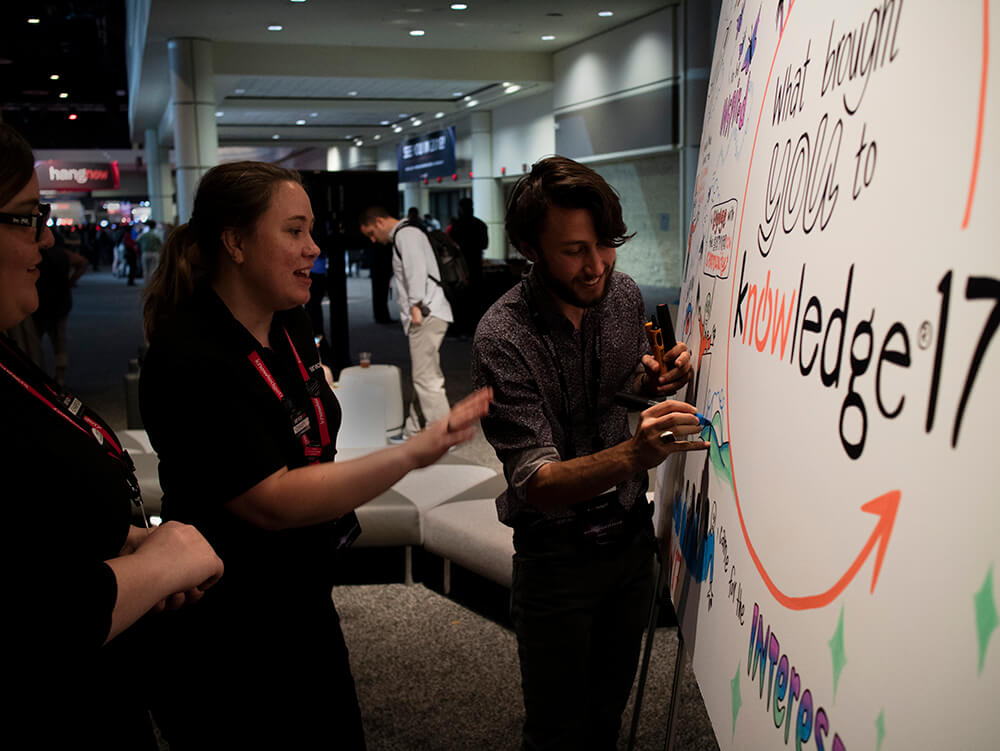
Ignite creativity with visual brainstorming
Once you have a good sense of your client’s larger challenges and objectives, it’s time to brainstorm some tailored solutions. At this stage, it’s more-ideas-the-merrier.
While ideating solutions, use whiteboard drawings to harness the creative output. Many people are visual learners, meaning they digest, retain, and create new ideas far more effectively when tied into a visual format. Simply adding an illustrative element to your strategy session or brainstorm can do wonders when it comes to generating new concepts. That’s because drawing engages the whole brain, sparking non-linear and unexpected creative connections, so the ideas that emerge from visual brainstorms can lead to unexpected and exciting places.
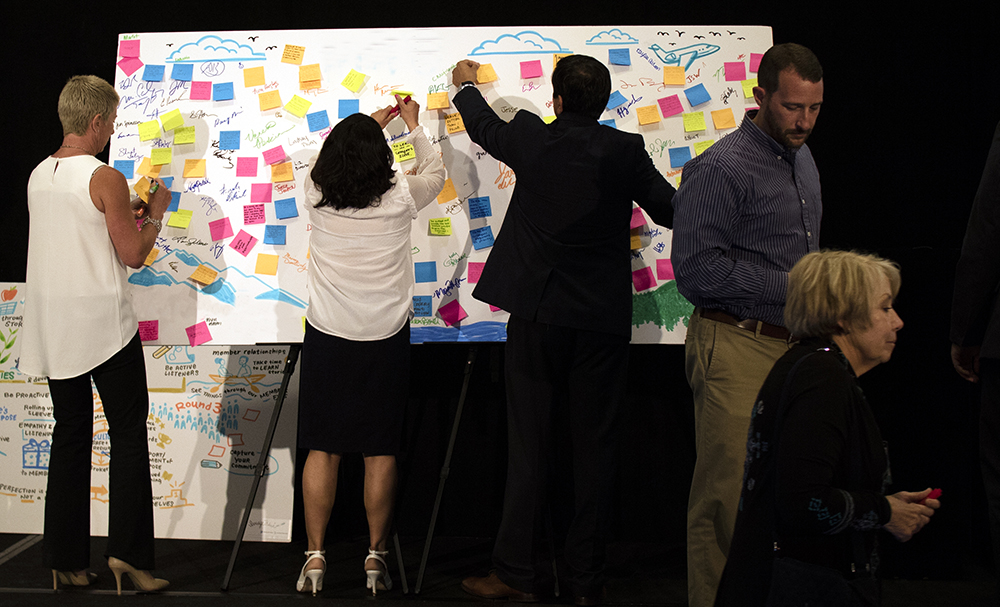
Prioritize the winning ideas
At the end of a successful brainstorm, your whiteboard drawing will be as eclectic as the ideas it helped your team produce.
With your client’s original objectives in mind, spend at least 15 minutes reviewing the brainstorm board to identify the highest priority ideas. Factors to consider might be whether a concept can be properly executed within your client’s time and budget constrictions, how well it maps to the original goal, and how effective it will be as a design solution. Try handing out sticky dots to brainstorm participants to vote with. The resulting “heat map” will help you see where consensus lies on the best path forward.
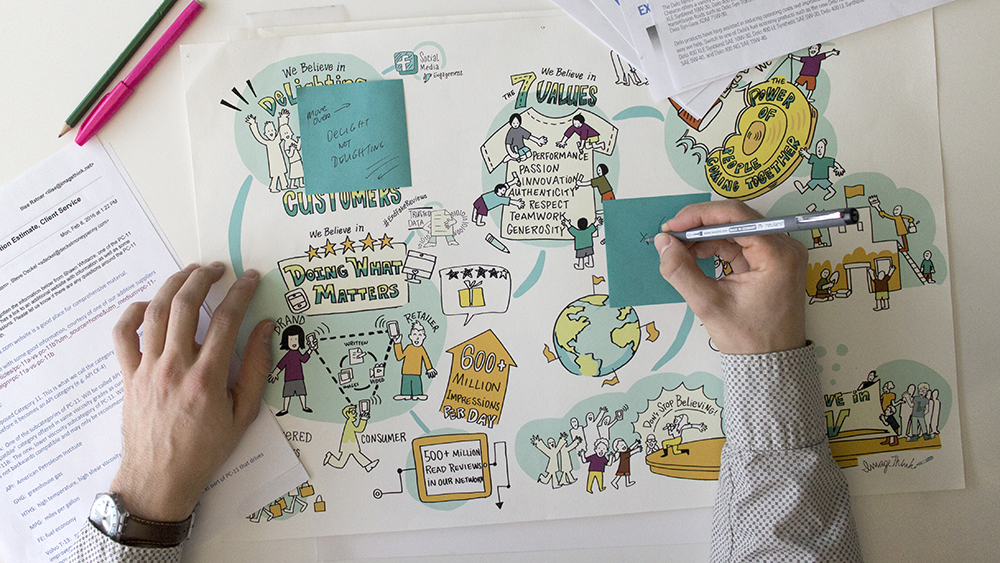
Facilitate iteration and improvement
Now that you’ve conducted your client research, scribed your brainstorm, and uncovered the winning idea, it’s time for the fun part: getting down to the nuts and bolts of making the final product!
At ImageThink, we bring a collaborative approach to every step of the creative process, including final execution. Even once we have clarified client objectives and priorities, we work in an iterative process for infographics and whiteboard animations, making room for client feedback along the way. That’s because as a project reaches completion and becomes more concrete, seeing it become a reality can change the way a client relates to it or understands it’s use. Think of it like cooking a good stew: you start with a clear recipe with specific ingredients, but taste it along the way to see if it needs a little something extra to make it that much better.
It’s your job as the designer to help your client organize their feedback in a constructive way. Creating a template for feedback that’s broken into specific categories can be extremely helpful for eliciting clear and useable feedback. It will also make it easier for you to incorporate client concerns into the final deliverable.
Following these principles might add a little extra time to your design process up front. But they’ll save you massive amounts of time in the long run, and ensure that your client gets something even more valuable than they could have imagined.
Looking for support at your next client brainstorm? Our graphic recorders are experts at bringing big ideas to the surface and uncovering the subtle threads of a conversation that can lead to actionable insights. Check out more ways we can help ignite your next client session here.
